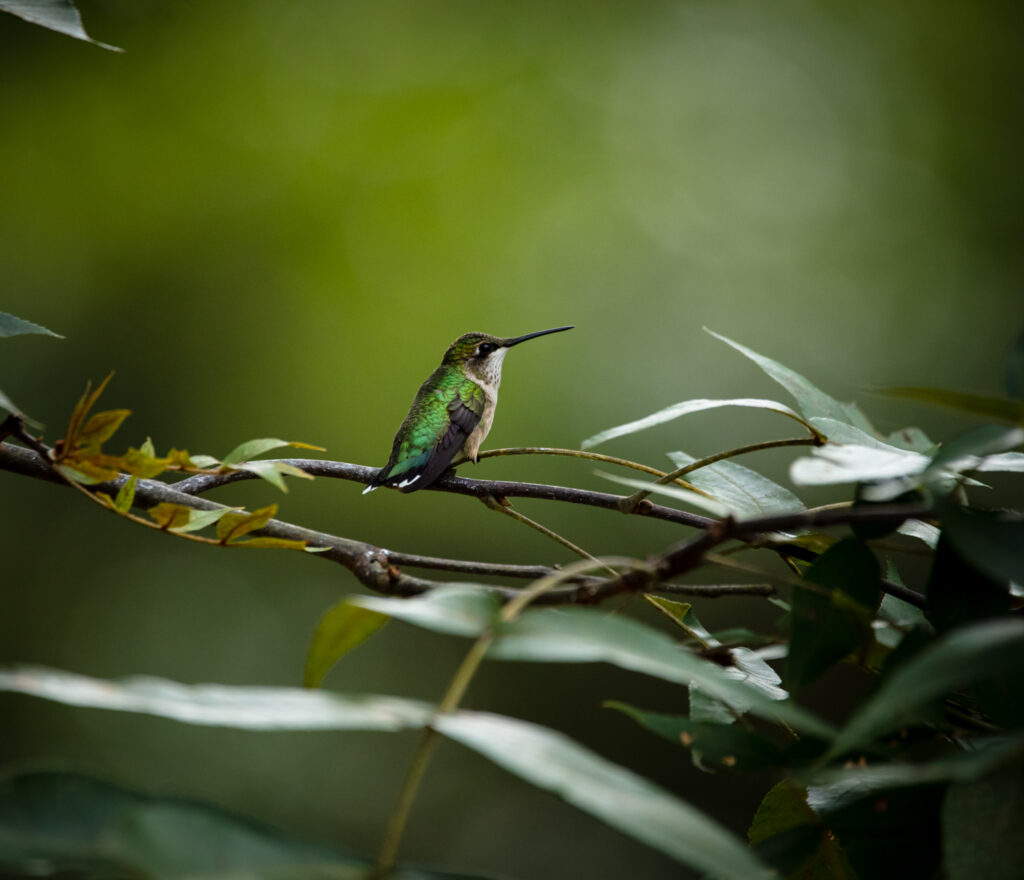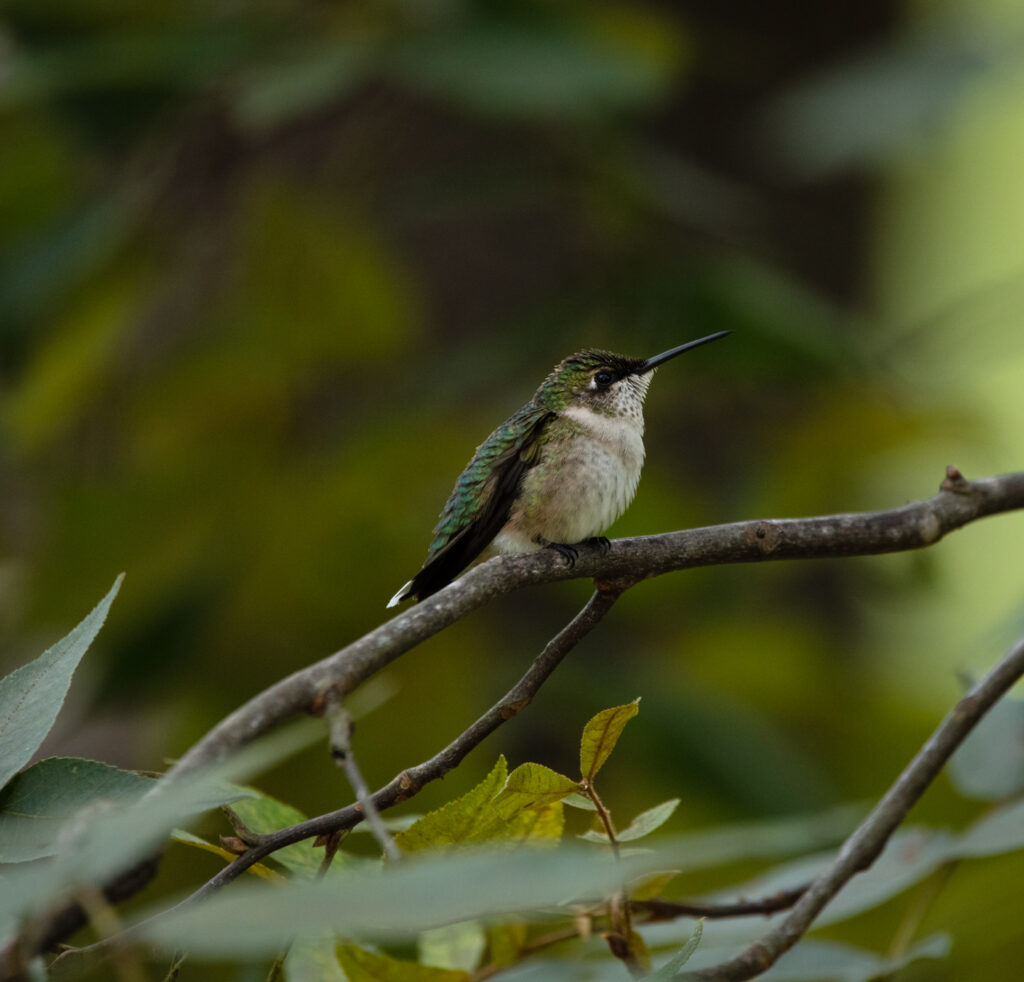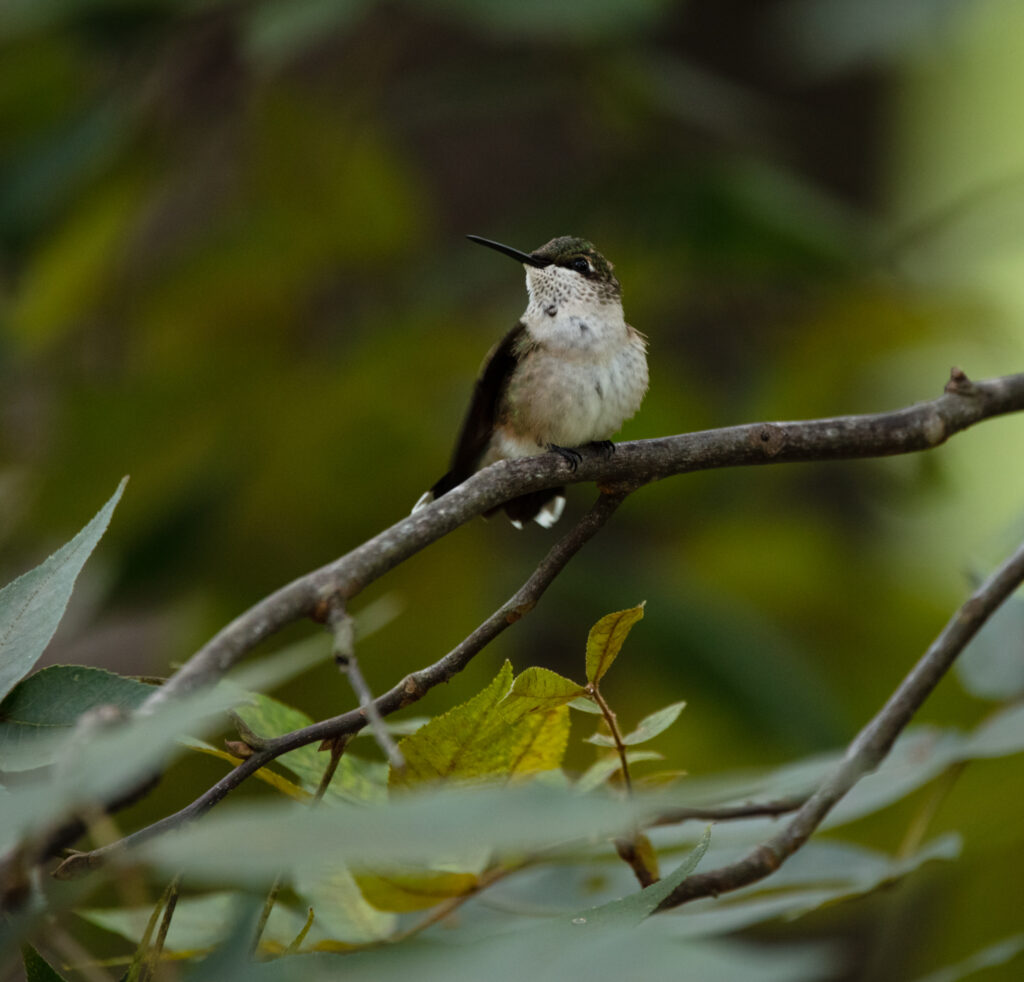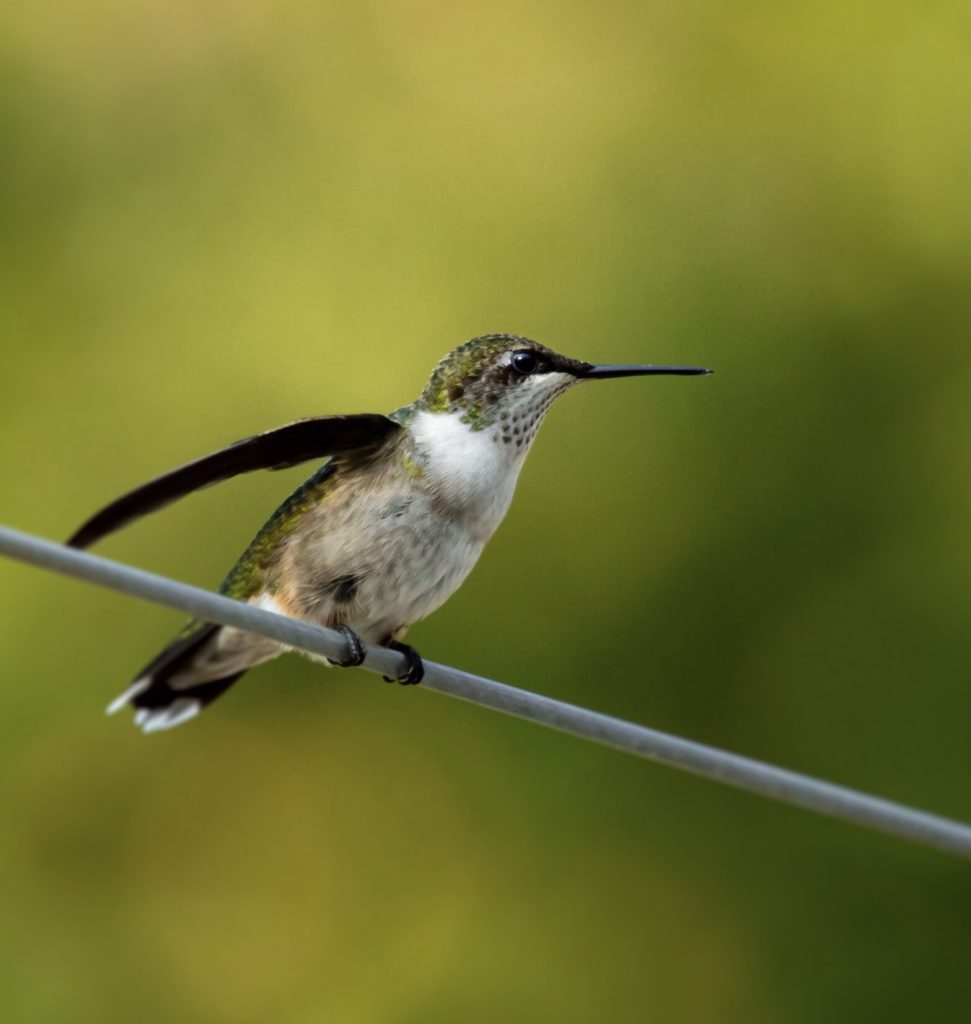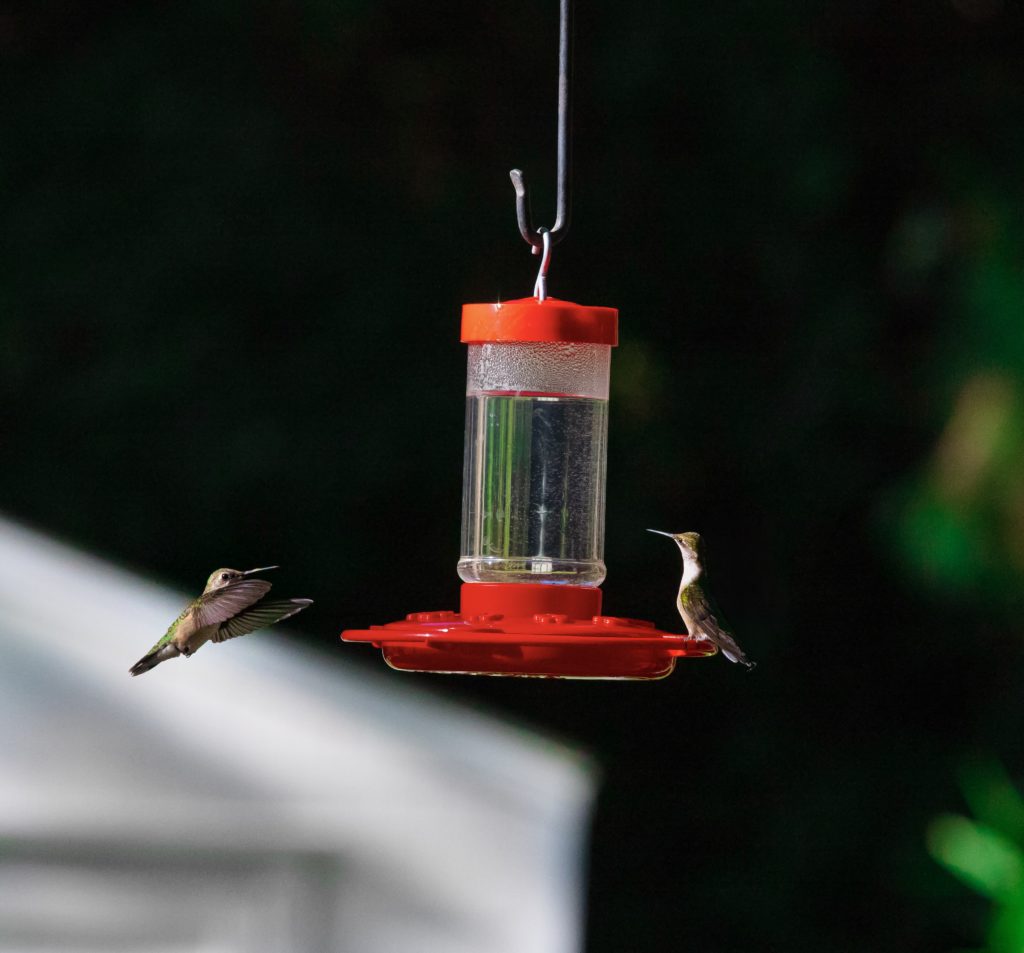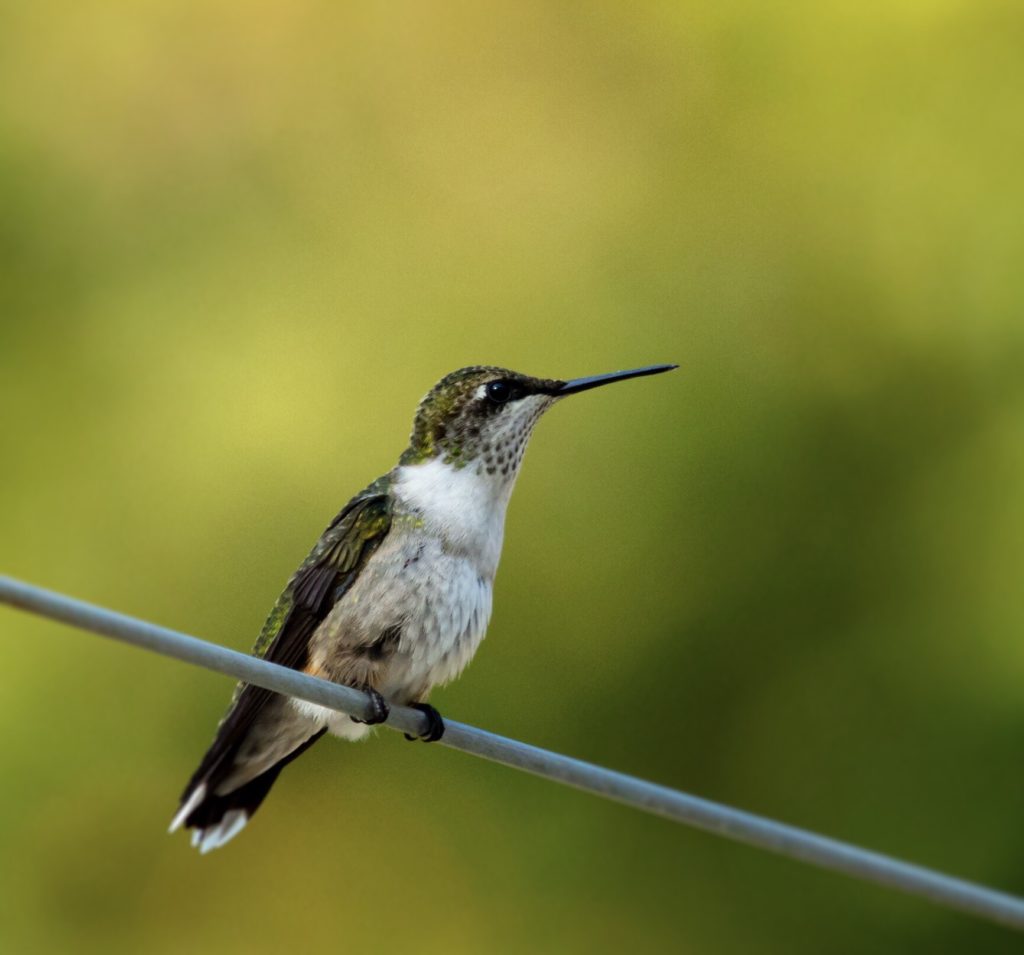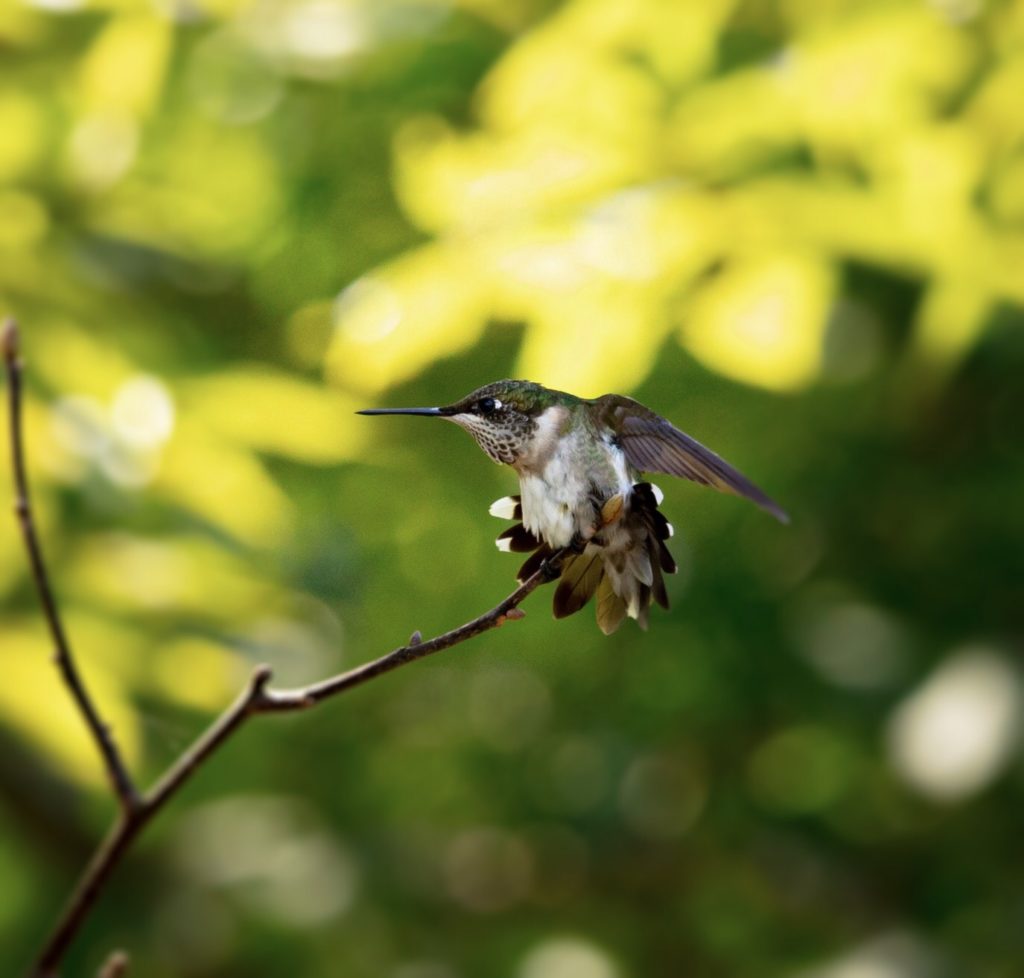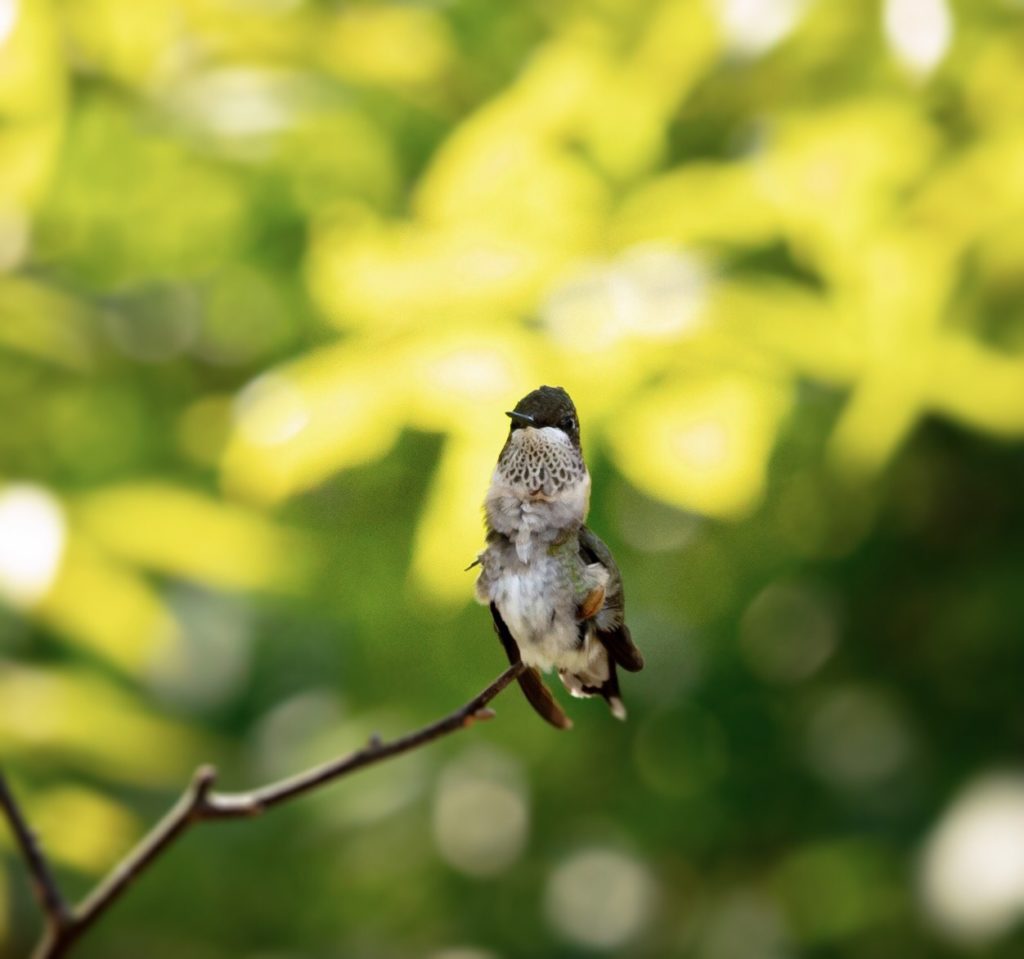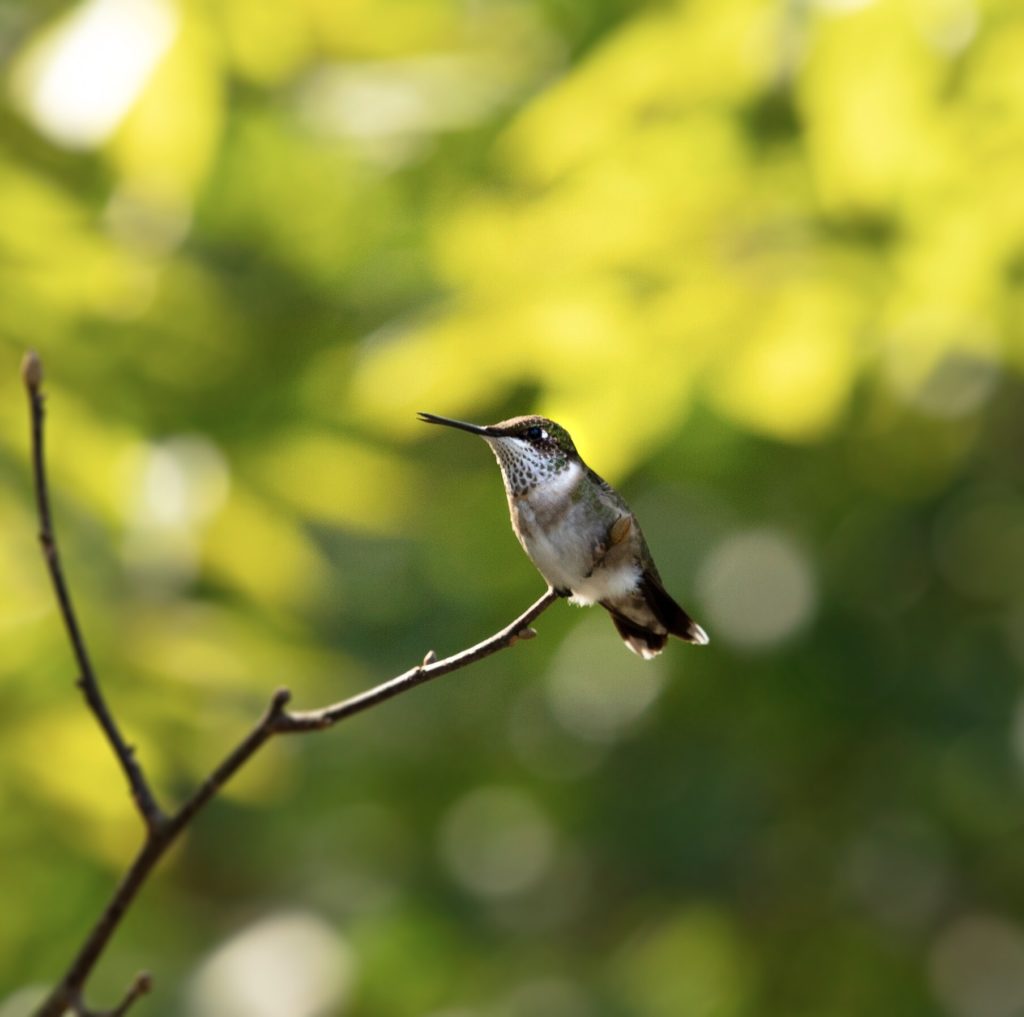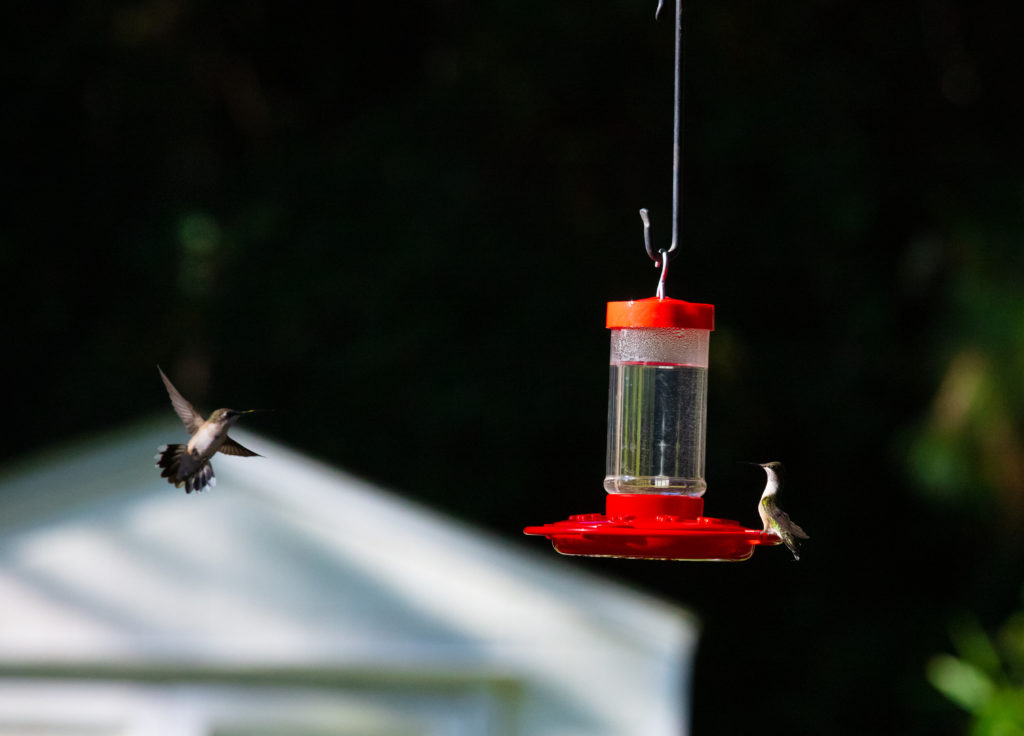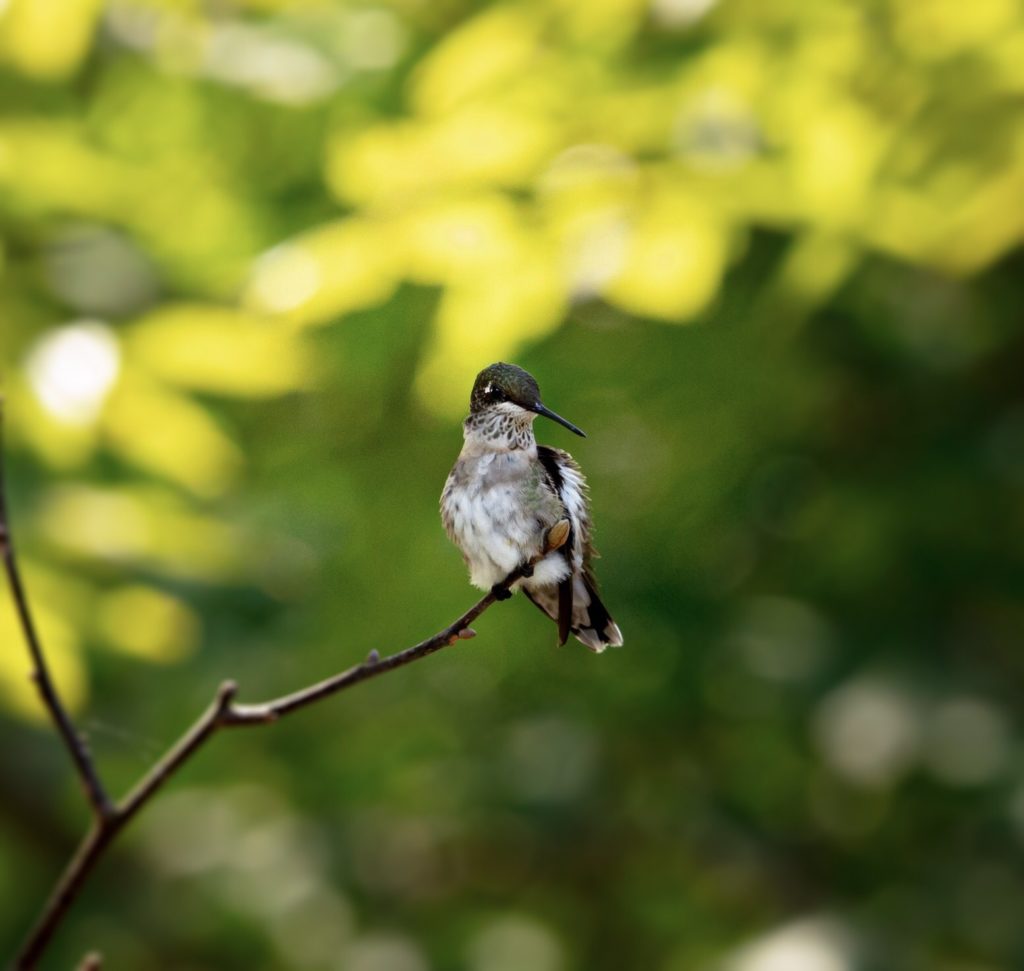-Sally Siko
A familiar backyard bird to many here in the Carolinas, Ruby’s are best found feeding on clusters of red or orange flowers such as coral honeysuckle, bee balm, red buckeye, trumpet creeper, and red morning glory. I spotted quite a few of them hovering over patches of Jewlweed flowers last month while birding at Lake Lynn in Raleigh.
One of smaller hummers decided to get territorial with a nonchalant Downy Woodpecker too lol!
Why the hurry and bird drama you might ask?
With migration underway the birds are in a mad dash to pack on the calories needed to power their long journey south.






Now that autumn as arrived, I’m often asked the question of “when should I take down my Hummingbird feeders?” Usually this is posed out of the concern that leaving your feeder out “too long” would tempt the birds into not migrating south for the winter.
The truth is that there’s no need for concern that the birds would delay their migration and get caught by winter. The reason why is because it’s not the lack of food that tells a hummingbird when to go south. It’s the bird’s internal biological calendar, or circannual rhythms. In fact, most Hummingbirds species start migrating while food is still plentiful. This strategy ensures that they will always have a good source available along every step of the way on their journey south.
So, my advice is to leave your feeders up as long as hummingbirds are visiting them. Once you’ve noticed that they are gone, leave it up an additional week, just in case a straggler comes through.
Photos by @sally_siko of @bestlife_birding captured on my mighty mirrorless monster, the @canonusa #R5



